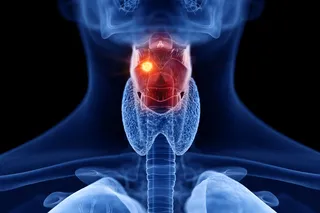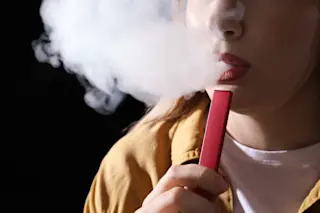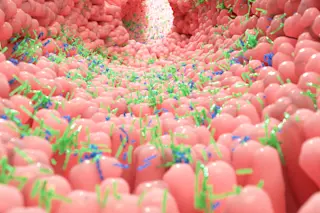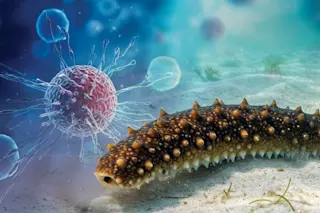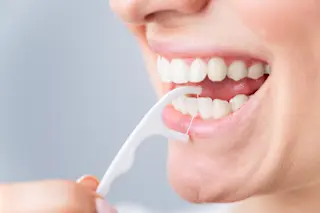Update, 9pm, July 29: Thanks to a tip from a commenter, we learned there was a crucial factual error in this post, so the text and headline have been altered to fix the problem.
In the West, breast cancer occurs 10 percent more often in the left breast than in the right, and skin cancer also pops up more on the left side. Oddly enough, this disparity is nonexistent in Japan. Why the discrepancies between left/right and West/East? Swedish scientists think they have the answer to the riddle—and it's kind of weird. The researchers lay out their case in a recent study in Pathophysiology, and the title ("Sleep on the right side—Get cancer on the left?") gives a hint of where it's going: The discrepancy is due to a difference in the types of beds commonly used in Japan and the West, and how radio and television waves interact with ...



